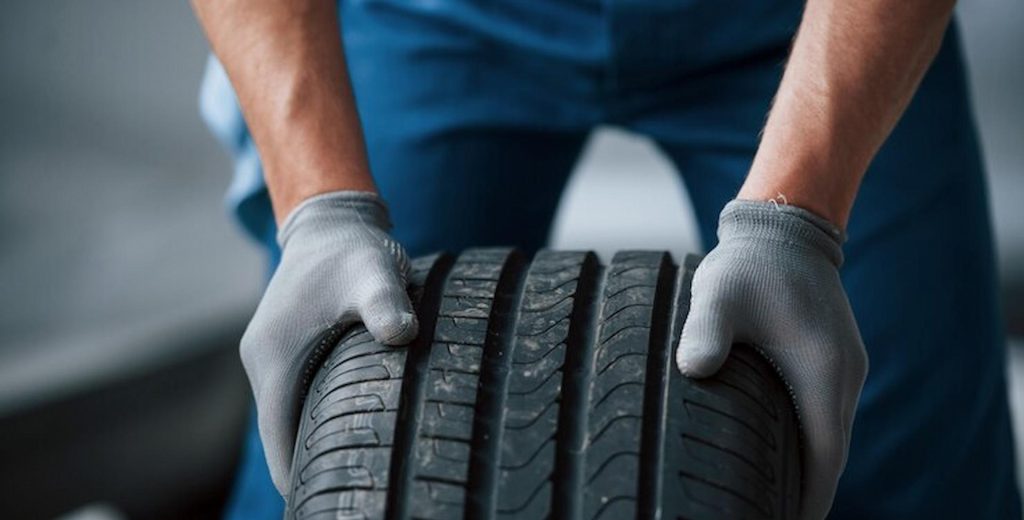Navigating the complexities of tyre punctures is crucial for every driver. Understanding the diverse nature of tyre damage empowers individuals to respond effectively on the road. This guide will equip you with the knowledge to identify various tyre punctures and implement suitable solutions. Each puncture presents unique challenges, from common causes like nails and sharp objects to more subtle issues such as slow leaks and sidewall damage. By delving into the characteristics and symptoms of different puncture types, you’ll be better prepared to address them promptly and ensure your safety on the road.
Types of Tyre Punctures
Nail or Screw Puncture: One of the most common types of punctures, these occur when a sharp object like a nail or screw pierces the tyre tread. You may notice a slow leak or a sudden loss of air pressure.
Solution: If the object is still embedded in the tyre and hasn’t caused significant damage, you can remove it and patch the puncture with a tyre repair kit. However, if the puncture is large or near the sidewall, professional assistance may be necessary.
Blowout: A blowout occurs when the tyre rapidly loses air pressure, often accompanied by a loud bang. This can happen for various reasons, such as overinflation, underinflation, or hitting a sharp object at high speed.
Solution: Safely pull over to the side of the road and assess the damage. If the blowout is severe, replace the tyre with a spare. Otherwise, you can attempt to inflate the tyre and inspect for visible damage. Remember to drive cautiously to the nearest service station for further inspection.
Puncture by Road Debris: Sometimes, debris like glass, stones, or metal fragments on the road can puncture your tyre. These punctures may cause immediate loss of air pressure or result in a slow leak over time.
Solution: If you spot the puncture early, you can use a tyre repair kit to patch it temporarily. However, it’s advisable to have the tyre professionally inspected and repaired to ensure long-term safety.
Sidewall Puncture: Punctures on the tyre’s sidewall are particularly problematic as they compromise its structural integrity. These can occur due to scraping against curbs, sharp objects, or impact damage.
Solution
Unfortunately, sidewall punctures are often irreparable, and the tyre may need replacement. Driving on a compromised sidewall can lead to dangerous blowouts, so addressing this issue is essential.
Tyre Repair
DIY Repair Kits: Tire repair kits are handy for patching minor punctures temporarily. These kits typically include rubber plugs, adhesives, and a tyre reamer. However, they are unsuitable for all types of punctures, and professional assistance may be required for larger or more complex damage.
Professional Assistance: For more severe punctures or sidewall damage, it’s best to seek help from a qualified mechanic or tyre specialist. They have the expertise and equipment to assess the damage accurately and recommend the most appropriate solution, whether patching the tyre, replacing it, or addressing any underlying issues. If you’re in the Harrow area, consider exploring affordable Tyres Harrow. Whether you need replacement upgrades, or simply seeking reliable service, Tyres Harrow could be just the solution you’re looking for.
Preventive Measures
While knowing how to identify and repair tyre punctures is crucial, taking preventive measures can help reduce the likelihood of encountering such situations on the road:
Regular Tyre Inspections
Make it a habit to inspect your tires regularly for any signs of wear, cuts, or embedded objects. Check the tyre pressure using a pressure gauge and ensure it matches the manufacturer’s recommendations.
Proper Tyre Maintenance
Maintain proper tyre inflation levels and ensure that your tyres are rotated and balanced as recommended by your vehicle’s manufacturer. This helps distribute wear evenly and extends the lifespan of your tyres.
Avoid Road Hazards
Stay vigilant while driving and avoid debris, potholes, and other road hazards whenever possible. If you can’t avoid them, slow down and navigate carefully to minimise the risk of tire damage.
Invest in Quality tyres
Choose high-quality tyres suited for your driving conditions and vehicle type. Quality tyres are less prone to punctures and provide better traction and durability, ultimately contributing to a safer driving experience.
Emergency Preparedness
Keep a well-stocked emergency kit in your vehicle, including a spare tyre, jack, lug wrench, tyre repair kit, and a portable air compressor. Being prepared allows you to address minor issues on the spot and safely reach your destination.
Conclusion
Mastering the art of identifying various tyre punctures is essential for every driver’s safety and peace of mind. Individuals can swiftly implement appropriate solutions by recognising the distinctive signs and symptoms of different puncture types, mitigating potential risks and minimising inconvenience. Whether a simple repair or a more complex issue requiring professional attention, well-versed in tyre puncture identification ensures efficient resolution and prolonged tyre lifespan. Remember, vigilance and prompt action are vital in maintaining optimal tyre health, ultimately contributing to a smoother and safer driving experience.



